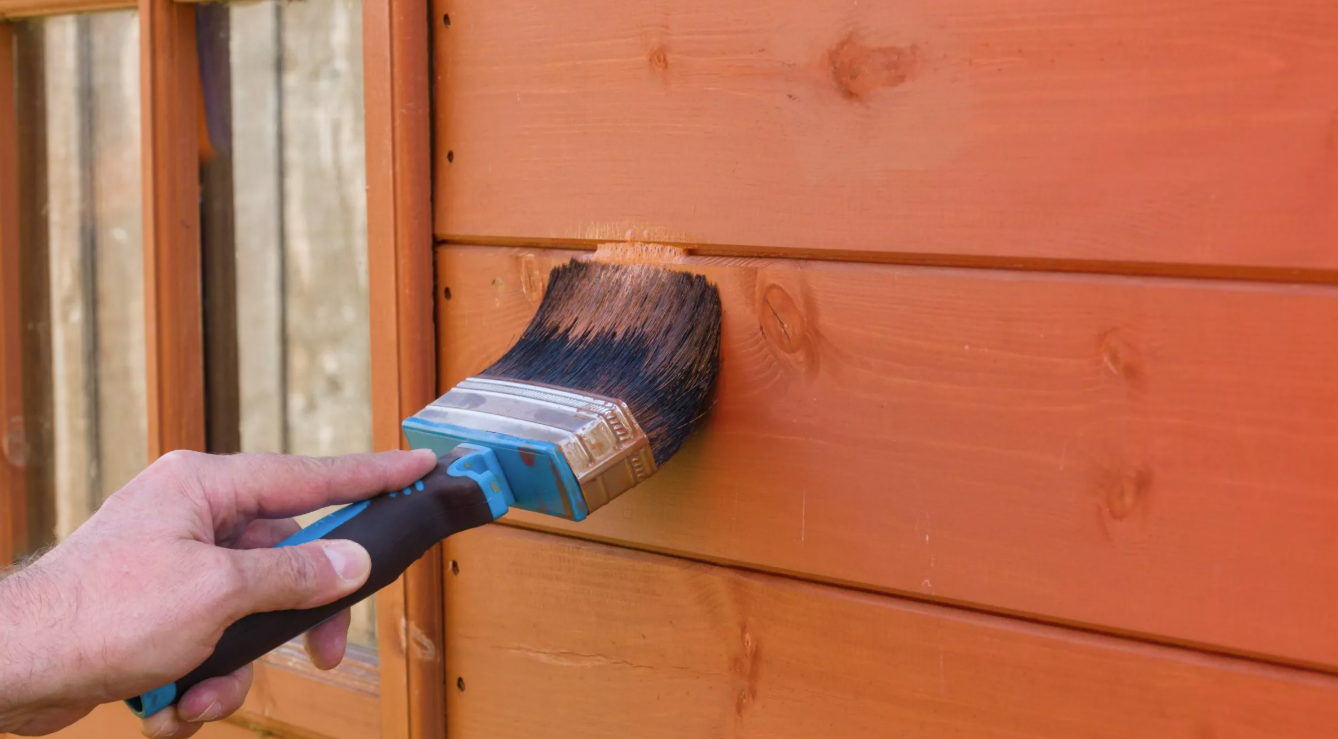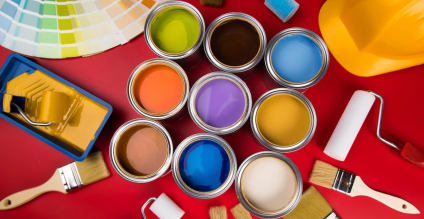When Is the Best Time of Year to Paint Outdoor Wood? Colour Supplies Guide
When Is the Best Time of Year to Paint Outdoor Wood
Giving your garden shed, fences, or decking a fresh coat of paint or wood stain is one of the easiest ways to transform your outdoor space—but timing is everything. Choosing the right time of year for your painting project isn’t just about convenience; it directly affects how long your finish lasts and how good it looks. So when exactly is the best time to paint outdoor wood?
Let’s break it down by season, weather conditions, and expert tips to help you get the best results.

Why Late Spring to Early Autumn Is Ideal
The sweet spot for outdoor painting is late spring through early autumn, when temperatures are warmer and more predictable.
- Daytime temperatures ideally between 10°C – 25°C
- Lower risk of rain and frost
- Longer daylight hours for drying time
- Mild humidity levels for better adhesion
During these months, wood has usually dried out from winter damp and the weather is more cooperative. Paint and stain cure more effectively in these conditions, meaning better protection against peeling, cracking, and early wear.
Avoid Painting in Damp or Humid Conditions
Moisture is one of the biggest enemies of outdoor woodwork projects. Whether it’s in the wood itself or in the air, too much moisture can stop paint from bonding properly.
- Don’t paint within 24–48 hours of heavy rain
- Always check the wood is completely dry before painting
- High humidity can cause paint to blister or dry unevenly
If you’re unsure, use a moisture meter on the wood—moisture levels should ideally be below 15% before applying any paint or stain.
Why Cold Weather Is a No-Go
It might be tempting to do a quick refresh over the winter break, but resist the urge—cold weather causes more problems than it solves.
- Paint takes much longer to dry or cure in cold temperatures
- Frost or condensation can ruin the finish overnight
- Many paints and stains aren't formulated to work below 10°C
Even if it feels dry to the touch, cold air slows the curing process, which can lead to bubbling, peeling, or cracking a few weeks later. Most manufacturers clearly mark the minimum application temperature—check the tin before you start.
Don’t Paint in Direct Sunlight or Windy Conditions
Believe it or not, painting on a blazing hot summer day isn't ideal either. Direct sunlight can cause paint to dry too quickly, especially on darker colours, leading to lap marks and an uneven finish.
- Early morning or late afternoon is best on hot days
- Work in shaded areas where possible
- Avoid strong winds—they blow dust into wet paint and can dry surfaces too quickly
Quick-drying doesn’t mean better results. You want paint to cure at a steady pace so it forms a durable, even layer.

Plan Around the Forecast
Before you get started, always check the local weather forecast for at least 2–3 consecutive dry, mild days. This gives your paint or stain the time it needs to fully dry between coats and properly cure.
- Choose a weekend or holiday window with stable weather
- Schedule the work in advance so you're not caught off guard
- Have a backup plan (like a gazebo or tarp) if light showers appear unexpectedly
Remember: good planning can mean the difference between a quick seasonal refresh and a full redo next spring.
So here you have some Colour Supplies tips on When Is the Best Time of Year to Paint Outdoor Wood

Conclusion
When Is the Best Time of Year to Paint Outdoor Wood
In short, late spring through early autumn is your safest window for outdoor wood painting. Aim for mild, dry, and overcast days with no rain on the horizon—and take your time to prep surfaces and choose the right product. Whether you're refreshing a garden bench, protecting a shed, or staining a deck, timing your project right means a finish that lasts longer and looks better.
Need the right tools or products for your project?
Visit Colour Supplies’ Woodcare & Outdoor Paints section to browse trusted brands, seasonal offers, and expert advice.
Related Articles
How Many Coats of Paint Does My Shed Need?
A fresh coat of paint can completely transform your garden shed—turning it from a tired old storage unit into a standout feature of your outdoor space. But when it comes to painting, one of the most common questions we hear is: How many coats of paint does my shed actually need?
Should I Choose Water or Oil based Paints? Which Is Right for Your Project
Should I Choose Water or Oil based Paints? The decision between acrylic and oil-based paints can impact everything from how your project looks to how long it lasts.







